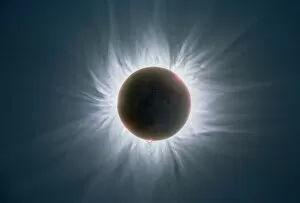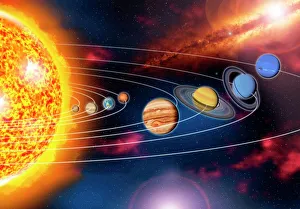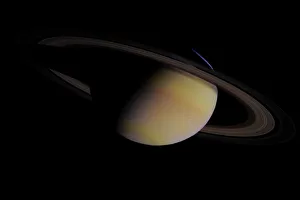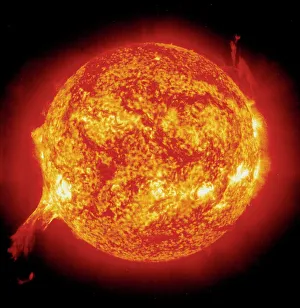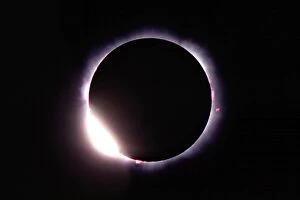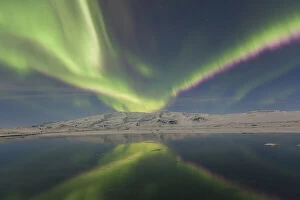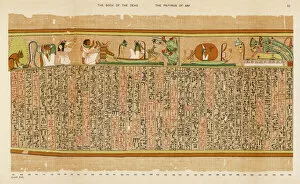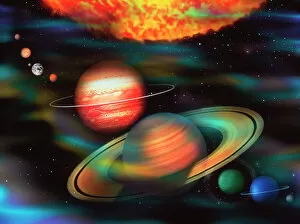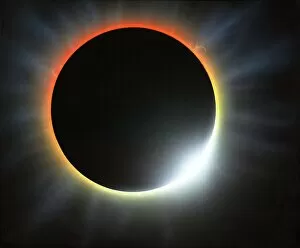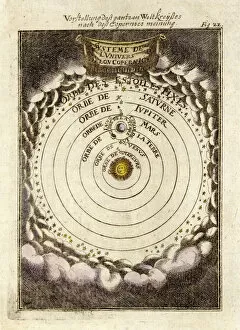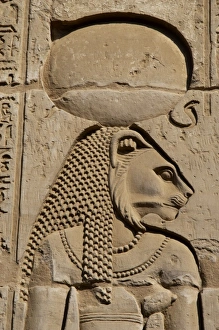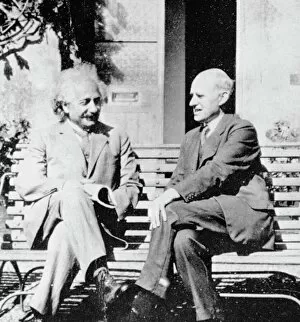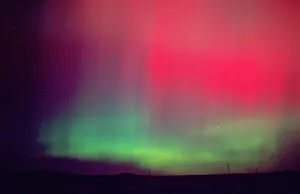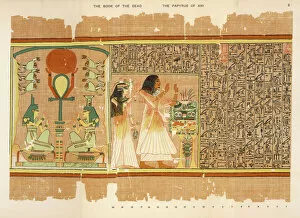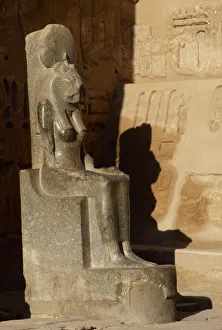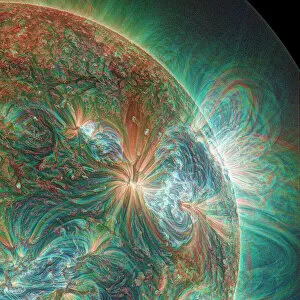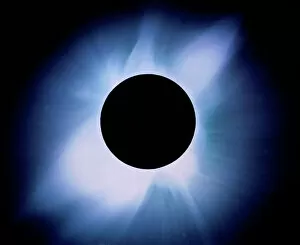Solar Collection
"Exploring the vast wonders of our solar system, from the mesmerizing Aztec calendar to the captivating colors of the Aurora Australis at Blue Hour
All Professionally Made to Order for Quick Shipping
"Exploring the vast wonders of our solar system, from the mesmerizing Aztec calendar to the captivating colors of the Aurora Australis at Blue Hour. Witnessing Saturn's natural beauty through Cassini's lens and marveling at the majestic solar prominence. Admiring the enchanting diamond ring effect during celestial events. Picture No. 11672641 captures a moment of awe-inspiring cosmic harmony. Trundholm Sun Chariot reminds us of ancient civilizations' fascination with our radiant sun, just like Ancient Egyptian writing that tells tales of their reverence for this celestial body. And in Earth's orbit, experiencing the breathtaking spectacle of a total eclipse, where darkness meets light in perfect alignment with our solar system planets and sun. "

